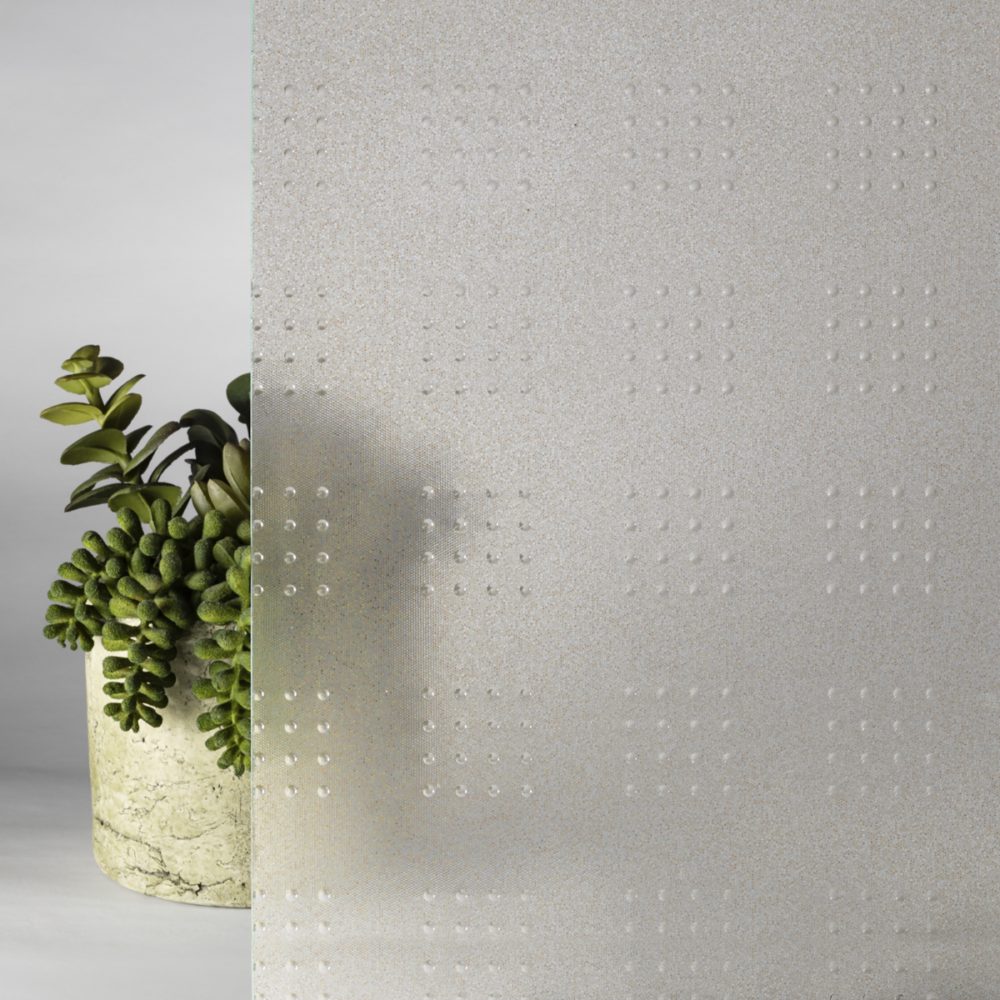Architectural Glass A Transparent Revolution in Building Design
Architectural glass, once a simple element for light and view, has transformed into a cornerstone of modern architecture. This evolution is marked by advances in technology and a deeper understanding of glass's capabilities, making it integral to innovative building designs worldwide. From towering skyscrapers to intricate cultural landmarks, architectural glass is reshaping our urban landscapes.
Historical Context and Evolution
The use of glass in architecture dates back to ancient civilizations, with early examples found in Roman and Egyptian architecture. However, it was not until the Industrial Revolution that glass production techniques advanced significantly, enabling the creation of larger, more uniform panes. This development paved the way for the iconic glass structures of the 19th and early 20th centuries, such as the Crystal Palace in London and the Hall of Mirrors at Versailles.
Types of Architectural Glass
Today, architectural glass comes in various forms, each designed to meet specific needs and enhance building performance. Some of the most common types include:
Float Glass: The most basic form, used for windows and facades. It is produced by floating molten glass on a bed of molten tin, resulting in a smooth, uniform thickness.
Tempered Glass: Strengthened through a rapid heating and cooling process, making it up to four times stronger than regular glass. It is used in areas requiring enhanced safety and durability.
Laminated Glass: Consists of two or more glass layers bonded with an interlayer, typically made of polyvinyl butyral (PVB). It is known for its safety features, as it holds together when shattered.
Insulated Glass Units (IGUs): Comprise two or more glass panes separated by a spacer and sealed to form a single unit. These units provide superior thermal insulation and soundproofing.
Low-E Glass: Coated with a thin layer of metallic oxides, Low-E (low-emissivity) glass reflects infrared energy (heat) while allowing visible light to pass through, enhancing energy efficiency.
Applications in Modern Architecture
Architectural glass has become a defining feature of modern buildings, contributing to their aesthetics, functionality, and sustainability. Some notable applications include:
Facades and Curtain Walls: Glass facades and curtain walls create striking visual impressions while allowing natural light to penetrate deep into buildings. They can also incorporate advanced technologies like photovoltaic panels for energy generation.
Skylights and Atriums: These features enhance interior spaces by providing abundant natural light, reducing the need for artificial lighting, and creating a connection with the outdoors.
Glass Bridges and Staircases: These elements add a sense of transparency and lightness to structures, offering unobstructed views and enhancing the user experience.
Greenhouses and Conservatories: Glass is ideal for these applications due to its ability to transmit light while providing thermal insulation, creating optimal growing conditions for plants.
Technological Advancements
Recent advancements in glass technology have expanded its capabilities and applications:
Smart Glass: Also known as switchable glass, it can change its properties in response to electrical, thermal, or optical stimuli. This allows for dynamic control of light and heat transmission, enhancing comfort and energy efficiency.
Self-Cleaning Glass: Coated with a special layer that breaks down organic dirt through a photocatalytic reaction, it reduces maintenance efforts and keeps surfaces cleaner for longer.
Solar Control Glass: Designed to minimize the amount of solar heat entering a building, this glass helps maintain comfortable indoor temperatures and reduces the need for air conditioning.
Sustainability and Environmental Impact
Architectural glass plays a significant role in promoting sustainable building practices. Its ability to improve energy efficiency by maximizing natural light and minimizing heat loss or gain contributes to lower energy consumption and reduced greenhouse gas emissions. Moreover, advancements in recycling and the development of eco-friendly coatings and interlayers are further enhancing its environmental credentials.
Challenges and Future Trends
While the benefits of architectural glass are numerous, it also presents challenges such as potential glare, bird collisions, and thermal stress. Addressing these issues requires ongoing research and innovation in glass design and installation techniques.
Looking ahead, the future of architectural glass is promising, with trends pointing toward even greater integration of smart technologies, improved energy performance, and enhanced sustainability. Innovations such as transparent solar panels, augmented reality displays, and ultra-thin glass are set to revolutionize the way we design and interact with our built environments.
Architectural glass has come a long way from its humble beginnings, evolving into a versatile and indispensable material in modern architecture. Its ability to combine aesthetic appeal with functionality and sustainability makes it a key player in shaping the future of our cities and buildings. As technology continues to advance, the potential of architectural glass seems limitless, promising an exciting and transparent revolution in building design.
For more info :-

.jpg)

Comments
Post a Comment